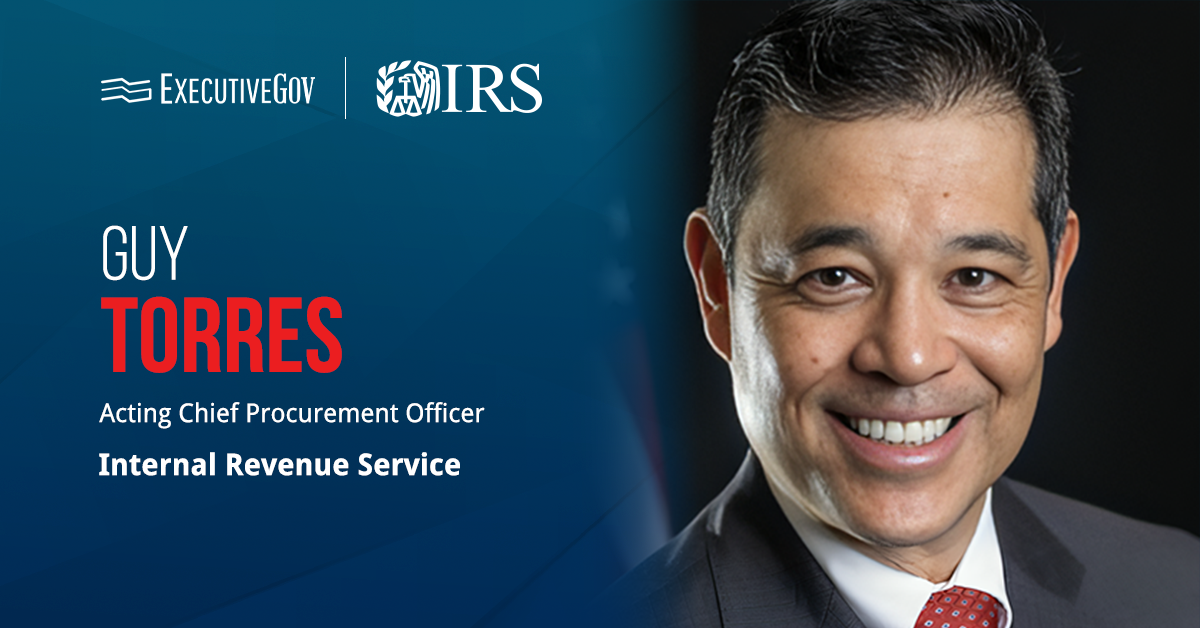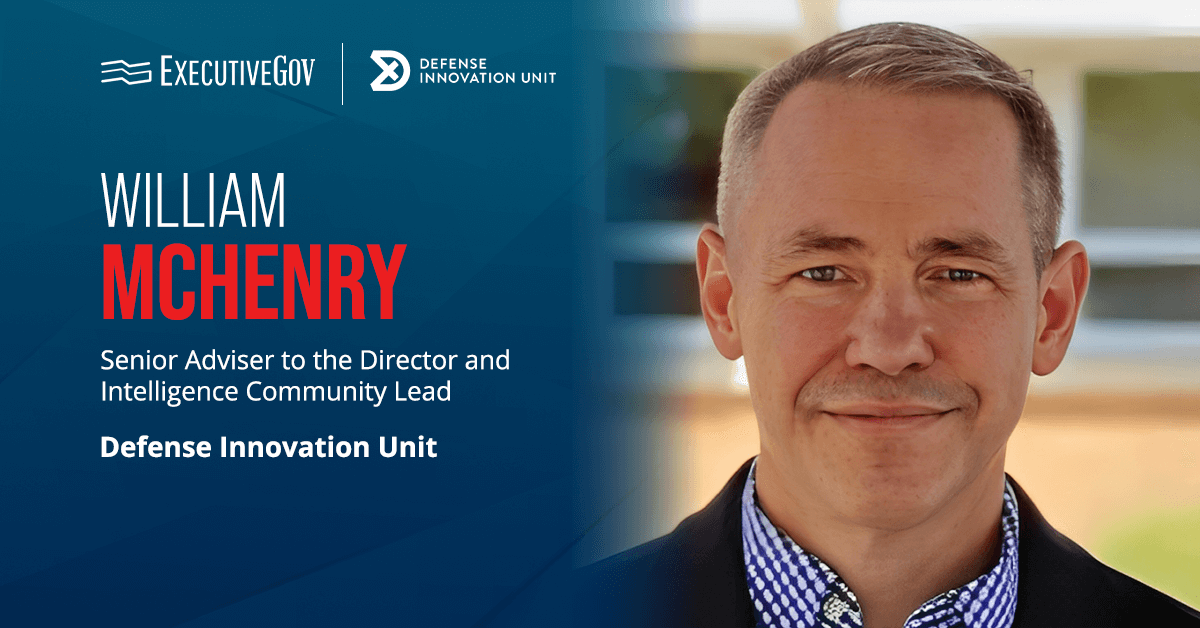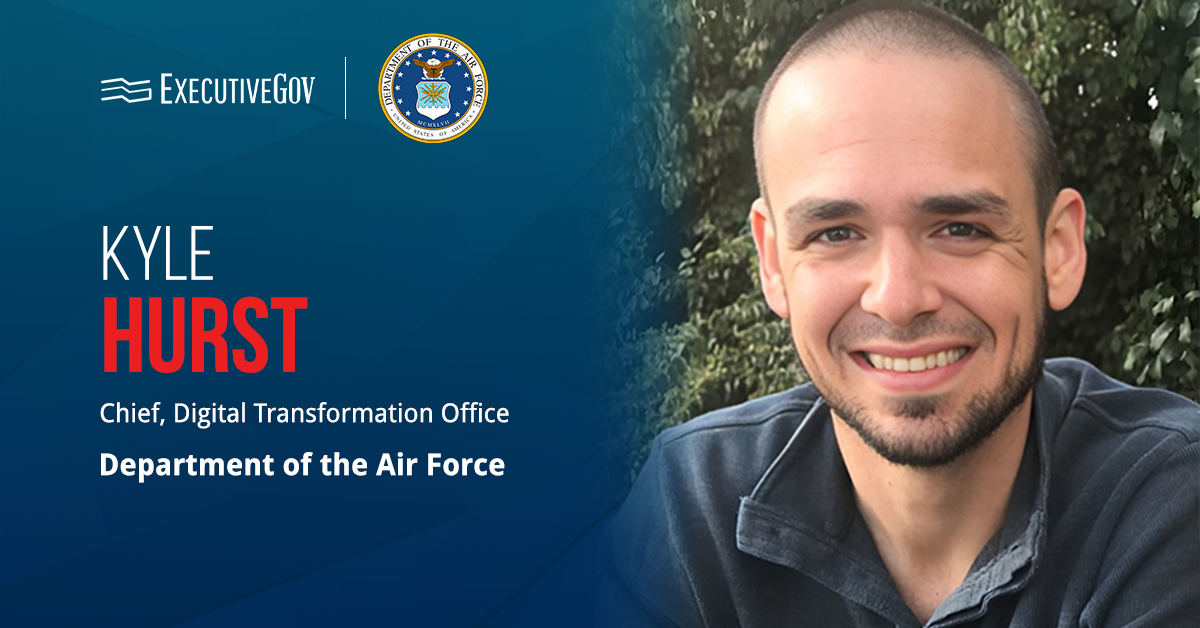Guy Torres announced on LinkedIn Saturday that he has been selected as the acting chief procurement officer of the Internal Revenue Service.
Who Is Guy Torres?
The new acting CPO has worked in the military, private sector and government and possesses extensive experience in business strategy, account development, federal acquisition and contracting operations.
Before his promotion, he served as the deputy CPO of the IRS for more than three years. He was tasked with managing the daily operations of the agency’s procurement programs. In that role, he helped the government exceed its small business goals across all socio-economic classifications in fiscal year 2022.
Torres’ private sector career includes serving as director of the homeland security portfolio at PAE, where he spearheaded the company’s business development and acquisition strategies. Torres spent over four years at Northrop Grumman as the Department of Homeland Security account executive. He was also part of Salient CRGT as vice president of strategic initiatives.
Torres also served as director of information technology contracting at the U.S. Customs and Border Protection and was a fellow at the American Council for Technology – Industry Advisory Council. He also worked at the Small Business Administration as the deputy director for the department of grants and procurement and as the national director of the historically underutilized business zone program. Torres was unit chief at the FBI and a supervisory contract specialist at the Defense Intelligence Agency. Prior to that, Torres was supply chain team lead at IBM. He also served in the U.S. Marine Corps for almost 10 years, holding various leadership positions.













